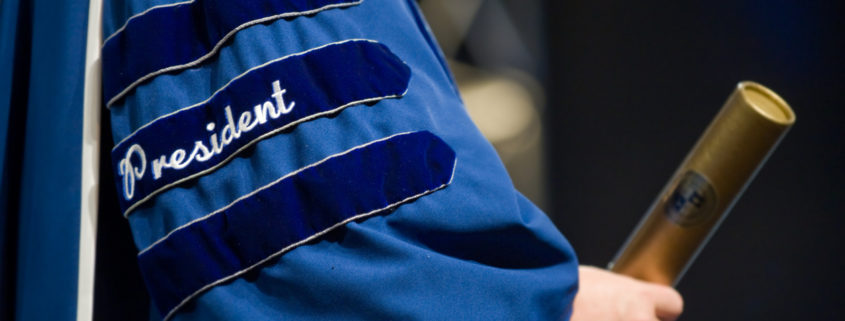College Administrator Data/Turnover Rates: 2016-Present
New data from Higher Education Publications, Inc. indicates that top-level positions at colleges and universities are experiencing some of the highest employee turnover compared to other administrators. Our analysis tracked administrator data at accredited colleges and universities in the United States and found that presidents, chancellors and provosts were three of the top four positions with the highest turnover rates in the last 18 months.
Noted are the top ten turnover percentages for college administrators tracked in the HEP, Inc. database since October 2016.
- Dean/Directors of Education 22%
- Provosts 21%
- President’s/Chancellors 18%
- Dean of Business 18%
- Dean of Art and Science 18%
- Director of Institutional Advancement 17%
- Dean/Director of Nursing 16%
- Dean/Director of Math/Science 16%
- Director of Admissions 15.5%
- Chief of Student Affairs 14%
*Positions listed require a minimum of 350 reported administrator counts to be included.
- The average turnover rate of 124 different administrator positions tracked by HEP Inc. was 12%.
- Of the 3,893 provosts listed in The Higher Education Directory in 2017, 808 or 21% are new as of April 2018.
- Presidents and Chancellors are third on the list with a total of 840 out of 4,717, or 18% being new.
- Rounding out the bottom of the list with the lowest percentage turnover are deans/directors of government relations, at 6%.
When compared to other administrators, the cause for such high-level turnover can be linked to many diverse issues such as growing financial, faculty, Board and political pressures. Also, traditionally colleges and universities have made leadership selections from within, minimizing risk. According to the American Council on Education, 60 percent of current presidents at doctoral-granting universities were once provosts prior to accepting presidency. However, another study released by ACE found that only 30 percent of provosts planned to pursue presidency. As a result, traditionally qualified presidents are becoming harder to find, thus creating a higher risk of turnover through a limited supply of conventional talent. In order to increase the likelihood of a long, successful tenure, presidents must develop an acute understanding of the complex issues that lead to involuntary turnover and act accordingly.
Stay up-to-date with college and university administrators through HigherEd Direct-the database used to compile this research article: Free Trial Here.


Leave a Reply
Want to join the discussion?Feel free to contribute!